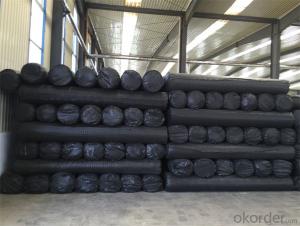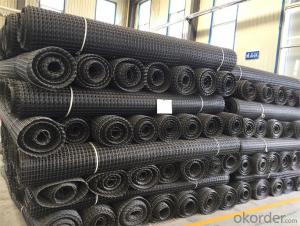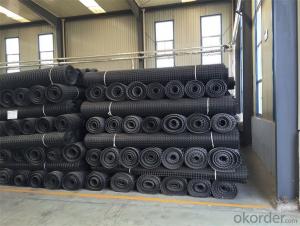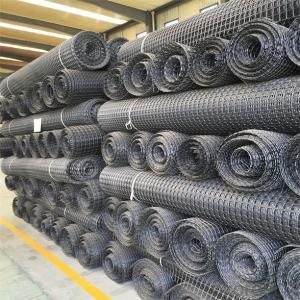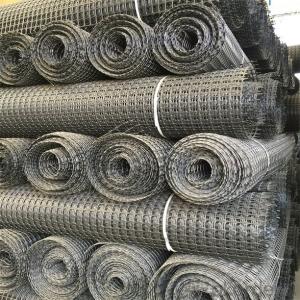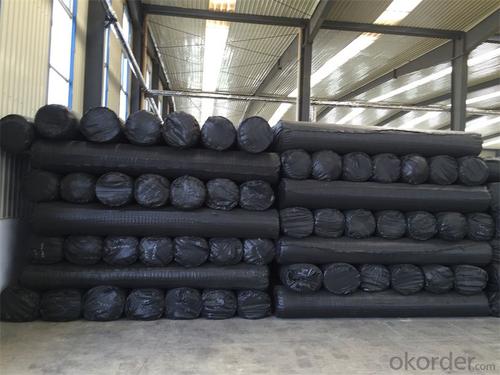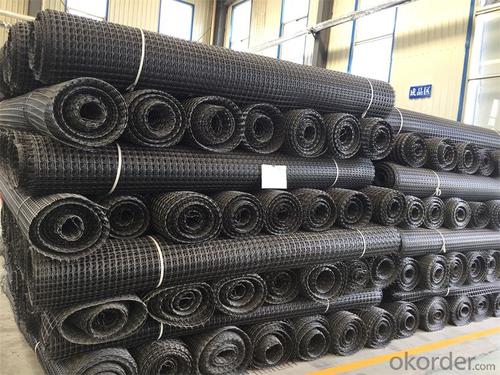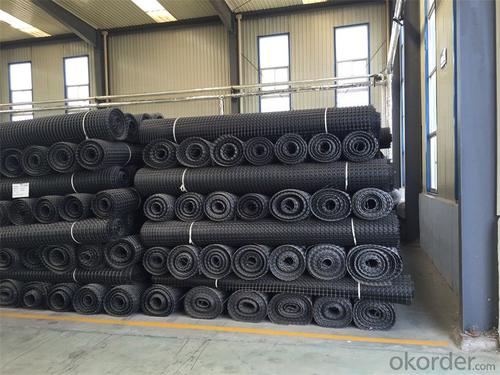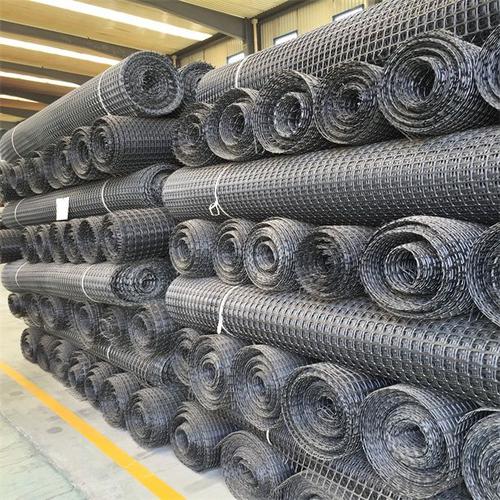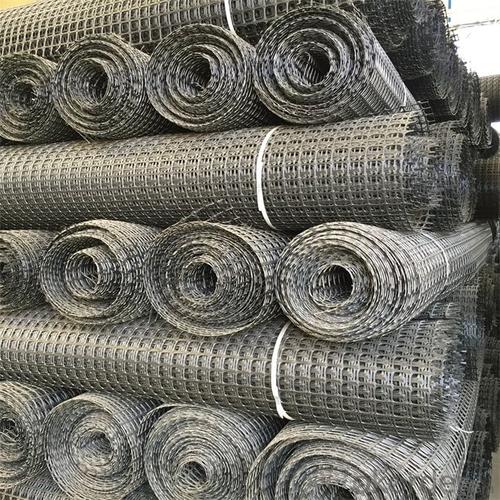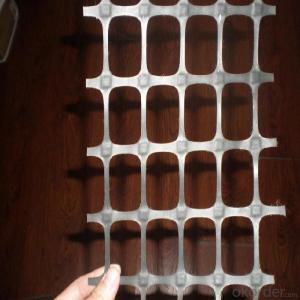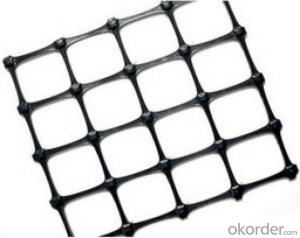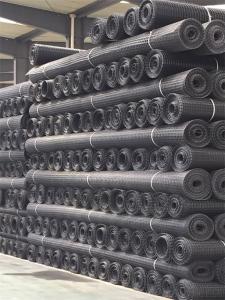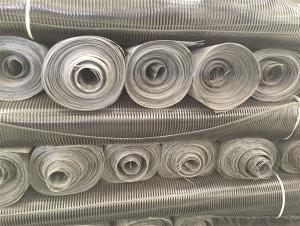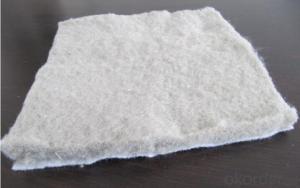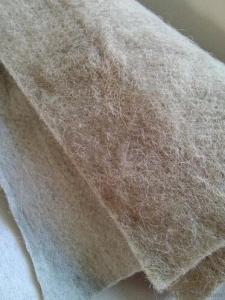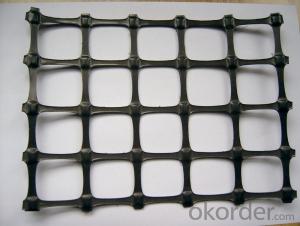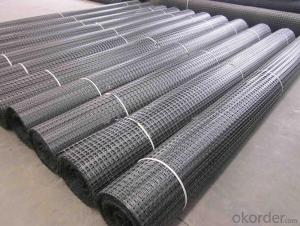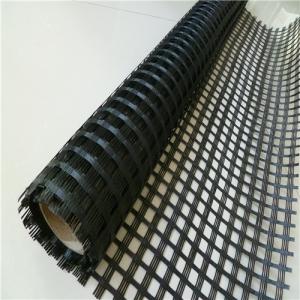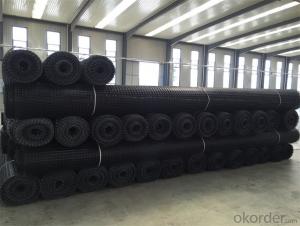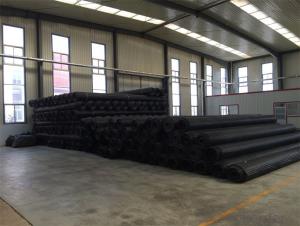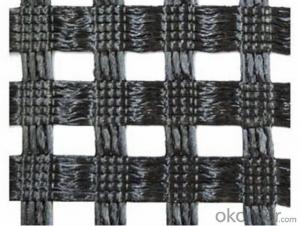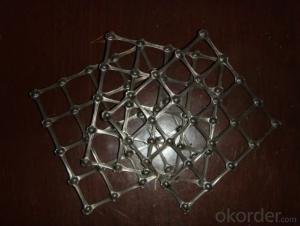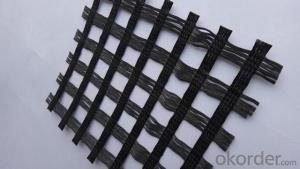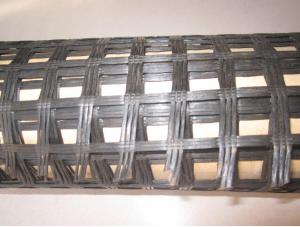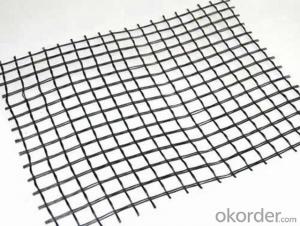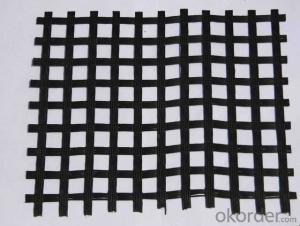Geocells Philippines - High Tensile Strength Warp Knitted Geogrid for Earthwork Products
- Loading Port:
- Tianjin
- Payment Terms:
- TT OR LC
- Min Order Qty:
- 20000 m²
- Supply Capability:
- 50000000 m²/month
OKorder Service Pledge
OKorder Financial Service
You Might Also Like
Fiberglass Geogrid Introduction:
Fiberglass geogrid is a kind of planar mesh material using alkali-free fiberglass yarn as base body and then coated with high quality modified asphalt. It is warp knitted with oriental structure which gives full play of yarn strength and improves its mechanical property to make the product high tensile, tearing and creep-resistant. Moreover, the composite property of coating with asphalt makes full protection of the fiberglass matrix and greatly improves its wear and shear resistance. All the advantageous functions make the product have a good performance in pavement strengthening, track cracking and solving difficulties of strengthening the bituminous pavement.
Fiberglass Geogrid Features:
1. Light weight, high tensile strength, high modulus, low elongation and good toughness.
2. Corrosion resistance, no long-term creep, long life span.
3. Good physical and chemical stability and good thermal stability.
4. Resistant to fatigue cracking, high-temperature track and low temperature shrinkage cracking.
5. Delaying and decreasing crack reflection.
Specifications | PET20-20 | PET30-30 | PET40-40 | PET50-50 | PET80-80 | PET100-100 | PET120-120 |
Elongation(%) | 10%~15% | ||||||
Vert Tensile strength(KN/m) | 20 | 30 | 40 | 50 | 80 | 100 | 120 |
Horiz Tensile strength(KN/m) | 20 | 30 | 40 | 50 | 80 | 100 | 120 |
Grid(mm) | 12.5×12.5 20×20 24.5×24.5 | ||||||
Width(m) | 1—6 | ||||||
Fiberglass Geogrid Application:
1. Road surface asphalt overlay construction engineering; Asphalt layers
reinforcement.
2. Converting old cement concrete road into composite road; Restraining
reflection cracking caused by block shrinkage.
3. Road extension; Preventing and controlling the cracking caused by new
and old combination and uneven settlement.
4. Treatment of the conjunction between tunnel and bridge or foundation.
Packaging & Shipping:

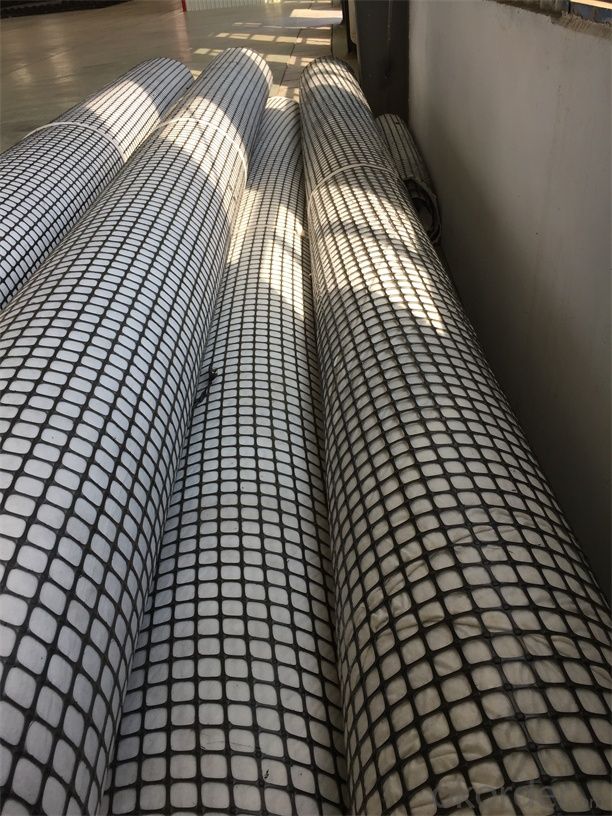
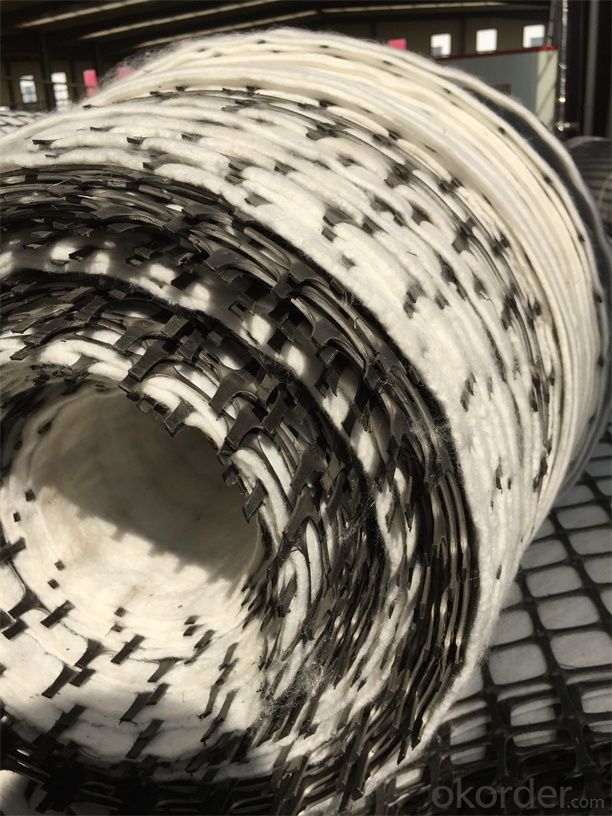
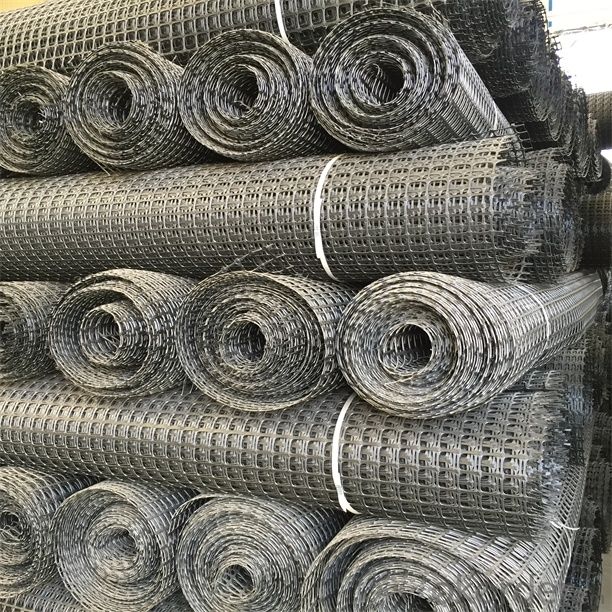
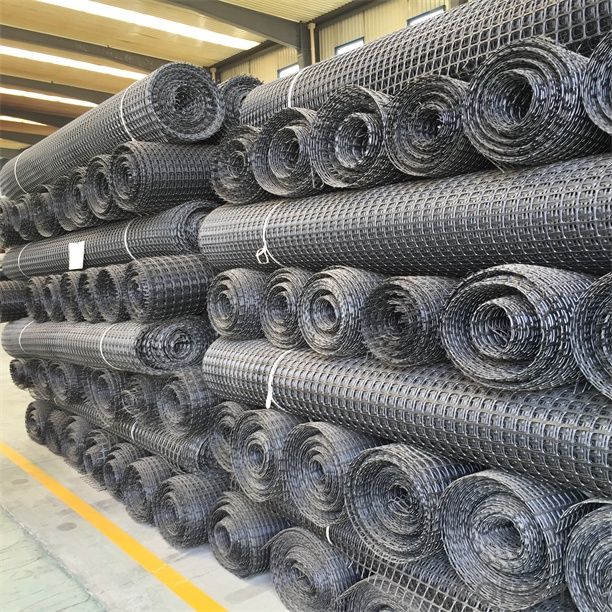
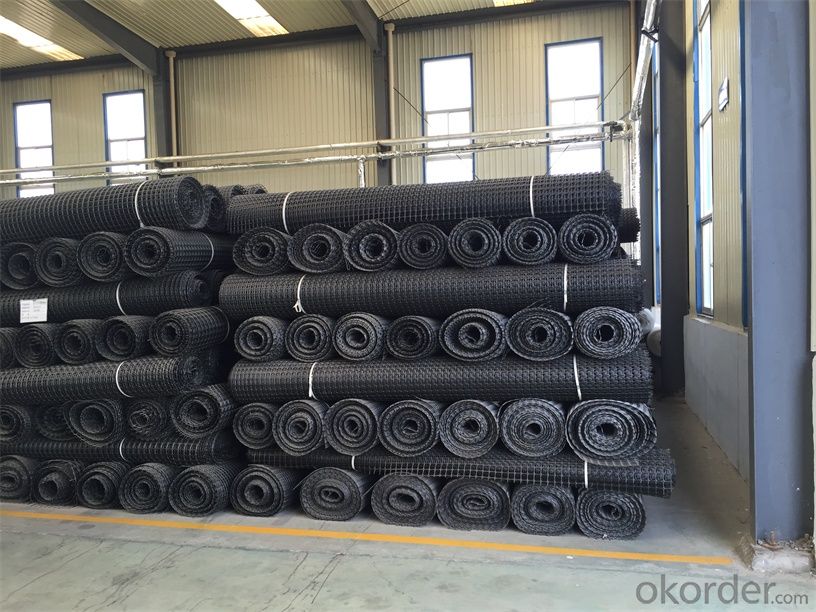
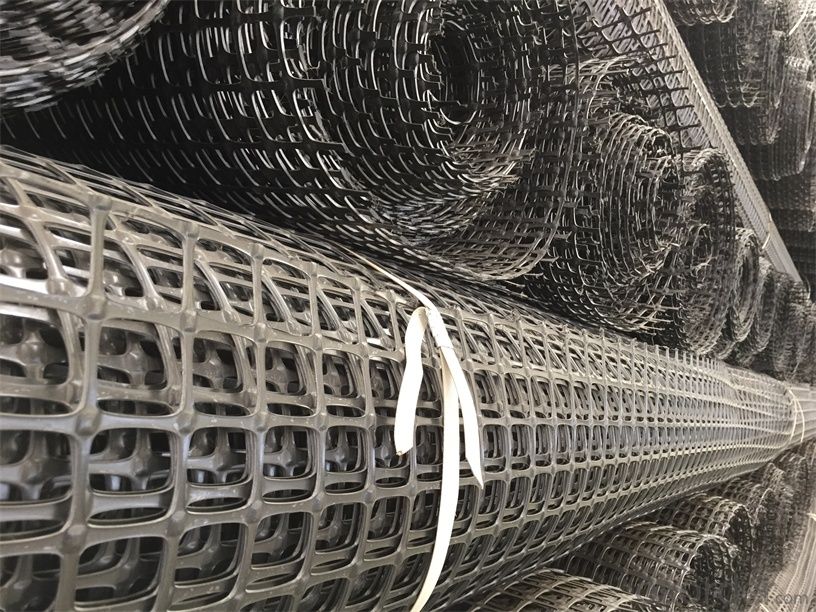
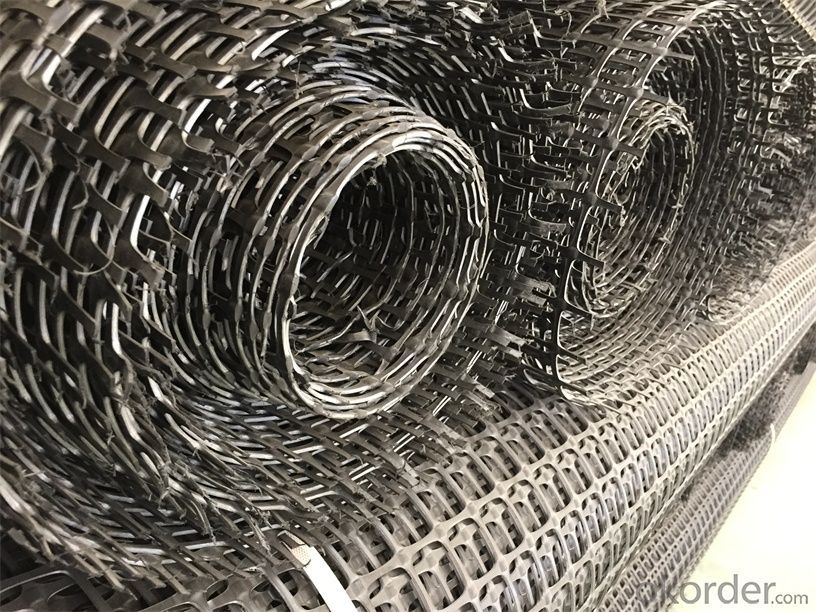
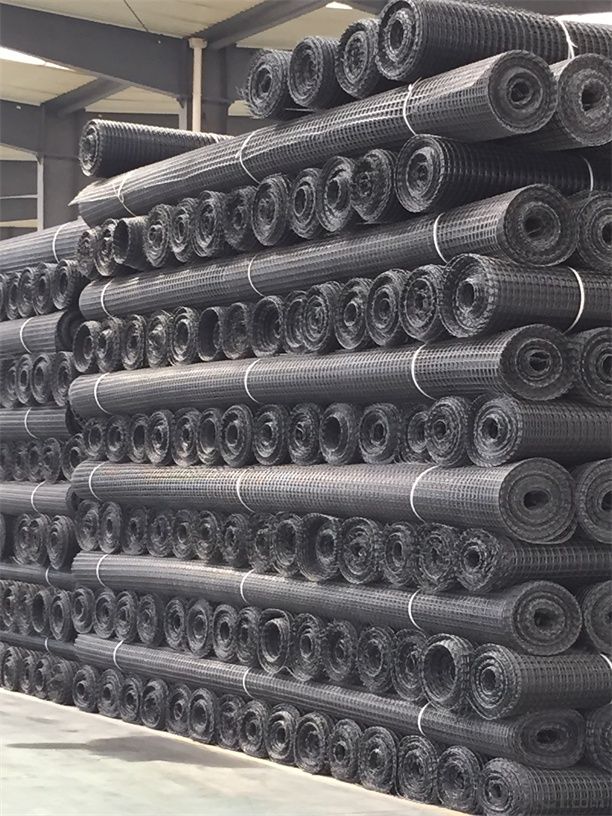
FAQ:
1. How to order your geogrid ?
a) Tensile strength in warp & weft direction
b) Grid size
c) Roll Width and length
d) Quantity
2. What is the Payment term?
a) TT
b) LC AT SIGHT
c) cash
d) 30% contact value as deposit ,the blance 70% be paid after received the copy of bl .
3. Delivery time
a) 19-25 days after received your depsit .
4. What is MQQ ?
a) 2500 m2 as MQQ , we can also produce sample for you .
Welcome to send your inquiry to us, and if you have any question, we can also help you.
- Q: How do geogrids improve the performance of mechanically stabilized slopes in sandy soils?
- Geogrids improve the performance of mechanically stabilized slopes in sandy soils by providing reinforcement and increasing the stability of the soil. They help distribute tensile forces and reduce lateral movement, preventing slope failure. Additionally, geogrids enhance the bearing capacity of the soil, allowing for higher loads and reducing settlement.
- Q: Can geogrids be used in ground stabilization for telecommunications infrastructure?
- Yes, geogrids can be used in ground stabilization for telecommunications infrastructure. Geogrids are commonly used in civil engineering projects to reinforce and stabilize soil, making them suitable for supporting the weight and load of telecommunications infrastructure such as towers, poles, and cables. They can effectively improve the soil's strength and prevent settlement, ensuring the stability and longevity of the infrastructure.
- Q: Asked the retaining wall engineering grille mistook polypropylene as high density polyethylene, how to do? Is there any remedy?
- What is wrong with the polypropylene in the geogrid in the retaining wall of the road? Performance will not be affected? Is there any remedy?
- Q: How to fill in the geogrid evaluation form
- According to the test items of evaluation evaluation standard above
- Q: What materials are used to make geogrids?
- Geogrids are typically made from high-strength polymers, such as polyester or polypropylene, which are woven or knitted into a grid-like structure.
- Q: Are geogrids suitable for use in ground reinforcement for residential developments?
- Yes, geogrids are suitable for use in ground reinforcement for residential developments. Geogrids provide stability and reinforcement to soil, preventing erosion and maintaining the integrity of the ground. They are commonly used in various applications, including driveways, parking areas, and retaining walls, making them a reliable choice for residential developments.
- Q: What are the design considerations for geogrid reinforcement?
- Some of the design considerations for geogrid reinforcement include the type and strength of the geogrid material, the desired level of reinforcement, the soil conditions and properties, the anticipated loads and stresses, the environmental conditions, and the installation and maintenance requirements. Additionally, factors such as cost, availability, and compatibility with other materials and construction methods should also be taken into account during the design process.
- Q: Can geogrids be used in reinforcement of soil-cement mixtures?
- Yes, geogrids can be used in the reinforcement of soil-cement mixtures. Geogrids are commonly used to improve the strength and stability of soil-cement composites by distributing loads, reducing settlement, and preventing cracking. They enhance the overall performance of soil-cement mixtures and are widely utilized in various civil engineering applications.
- Q: Road overhaul of the original concrete pavement after washing asphalt paving, crack resistance is to use geotextile or geogrid
- Geotextiles are generally used,
- Q: Can geogrids be used in reinforcement of mechanically stabilized earth bridge abutments?
- Yes, geogrids can be used in the reinforcement of mechanically stabilized earth bridge abutments. Geogrids provide additional tensile strength and stability to the soil, enhancing the overall performance and load-bearing capacity of the bridge abutments. They help to distribute the lateral forces and prevent soil movement, ensuring long-term durability and structural integrity of the bridge abutments.
Send your message to us
Geocells Philippines - High Tensile Strength Warp Knitted Geogrid for Earthwork Products
- Loading Port:
- Tianjin
- Payment Terms:
- TT OR LC
- Min Order Qty:
- 20000 m²
- Supply Capability:
- 50000000 m²/month
OKorder Service Pledge
OKorder Financial Service
Similar products
Hot products
Hot Searches
Related keywords
